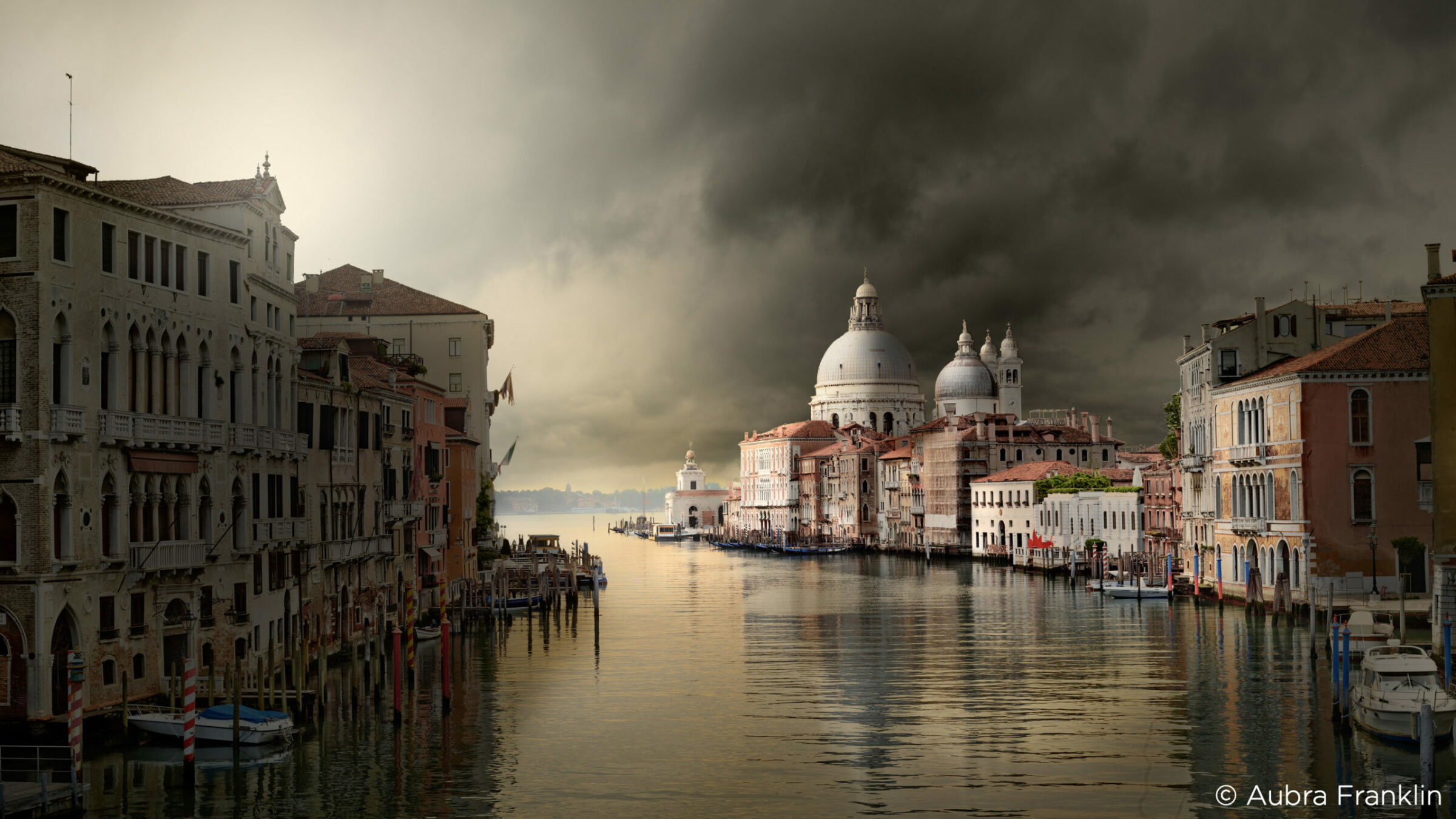Aubra Franklin is a photographer based in San Antonio, Texas. His passion for photography began as an architecture student. Throughout his architectural education and career, he had the fortune to travel to many cities throughout the United States photographing iconic and significant cities and buildings. In 2009 he picked up his camera again and quickly realized this would be a rekindled passion that would fill a much-desired healthy creative outlet.
Tell us a little about yourself and your journey into fine art photography?
My photographic journey began as an architecture student, photographing iconic structures. I found myself capturing Frank Lloyd Wright’s Falling Water in the morning stillness, drawn to its lines surrounded by a fresh blanket of newly fallen snow. And, while at Hearst Castle, I sought to photograph the mansions white limestone facade against an intense cobalt blue sky.
Photography for me is about capturing a mood, a feeling. It’s not about showing the viewer something they can already see, but instead about sharing my understanding of the layers, light and shadow, tone, texture and color within nature and architecture.
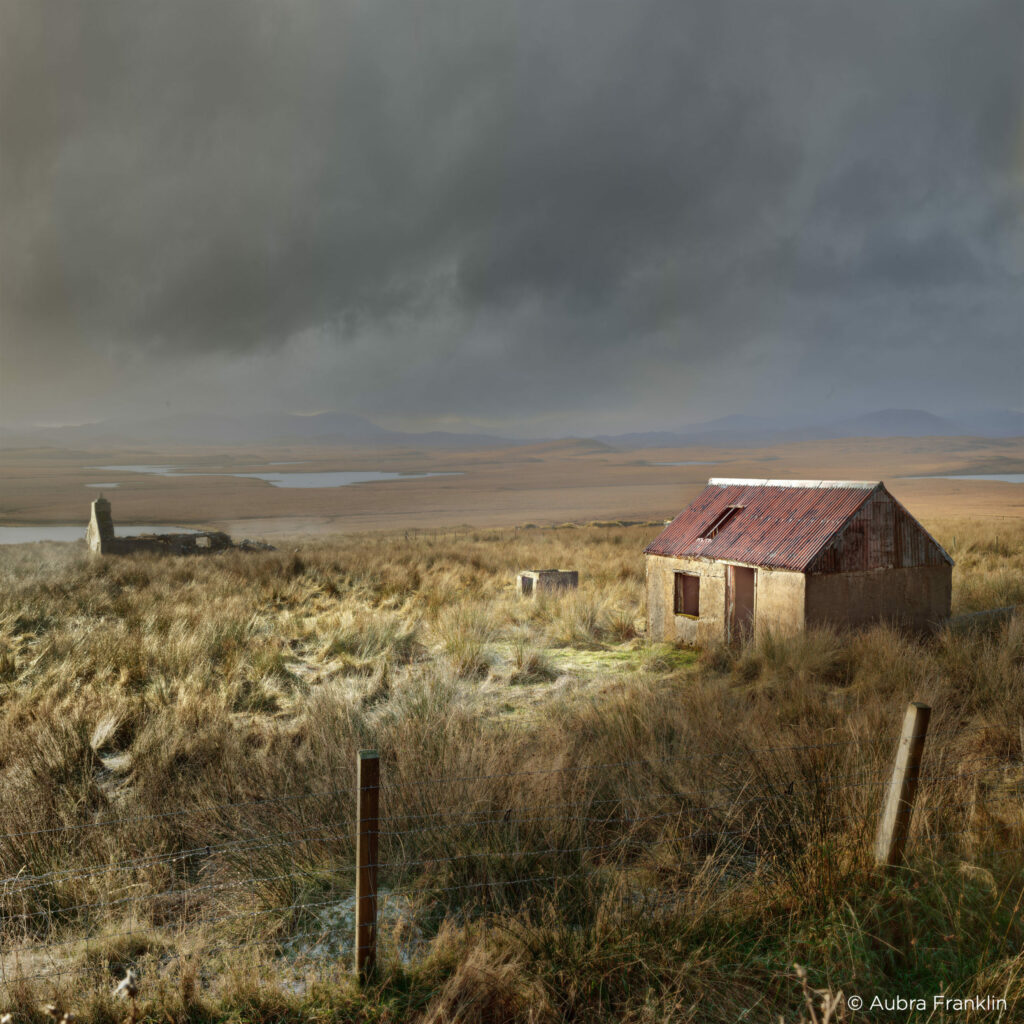
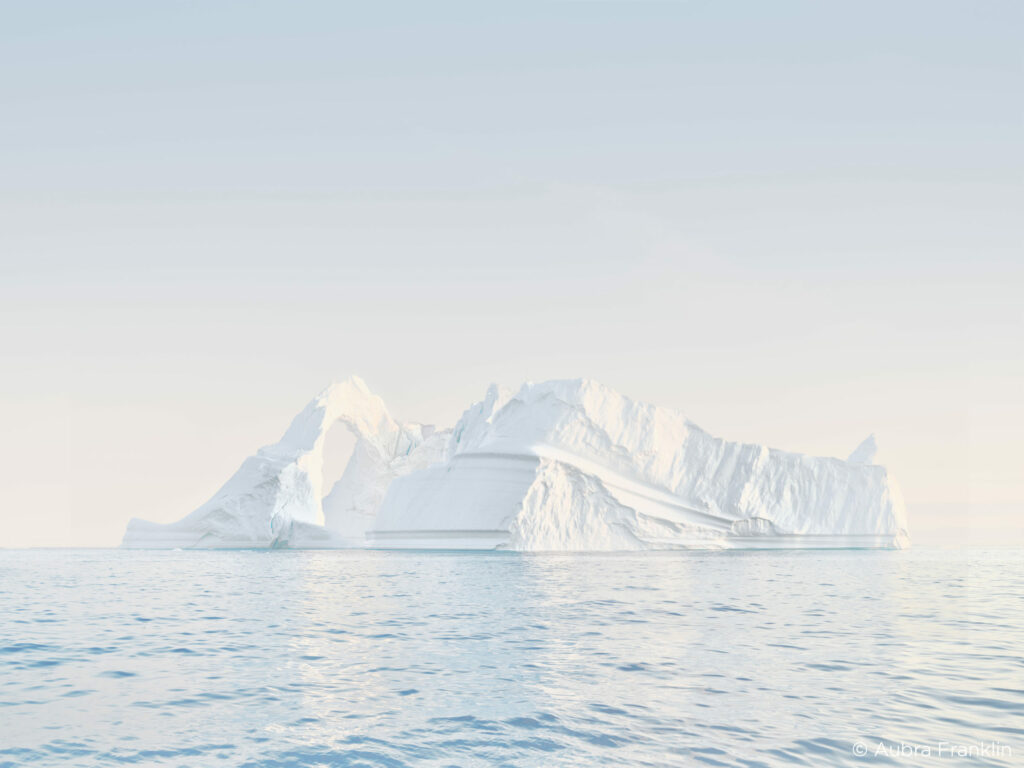
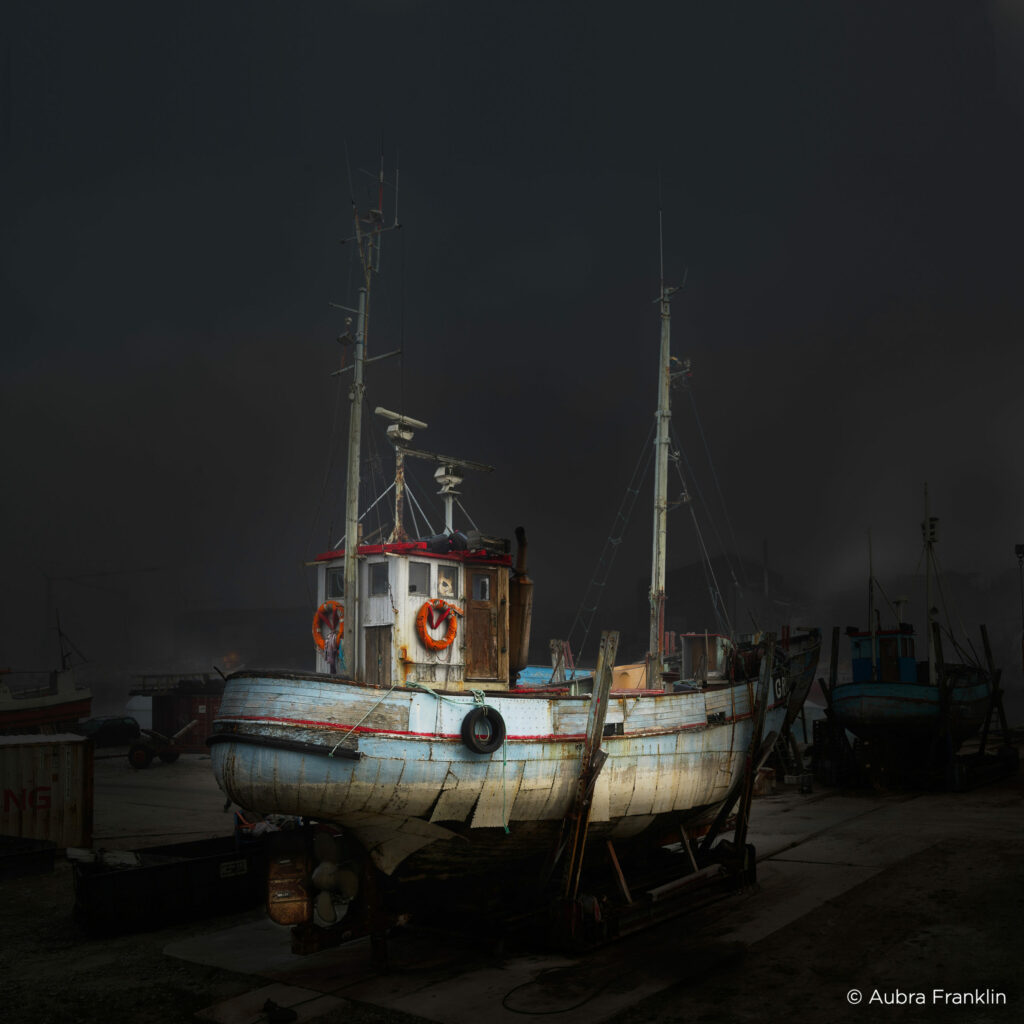
What is your favorite subject matter to photograph?
I’m really not confined to a particular subject, but I find that my creativity is inspired by a wide range of locales and subjects. A good example of my work has involved photography of the Missions in San Antonio, the Western Wall in Israel, dilapidated dry-docked boats under the midnight sun in Greenland, white horses in France running through the marsh, and many subjects in other diverse geographic locations.
Where do you get the inspiration for your work?
My inspiration is all about light. I’ve taken photos in the midnight sun in Greenland, and I’ve taken photos in the harsh light of noon in Israel. I’ve photographed on five of the seven continents – all but Australia and Antarctica – with a great variety of geographical features.
My desire is to create images that are more than just a reflection of what the scene is, what the place is, however beautiful it might be. I want the viewer to have a sense of wonder, curiosity, even unanswered questions.
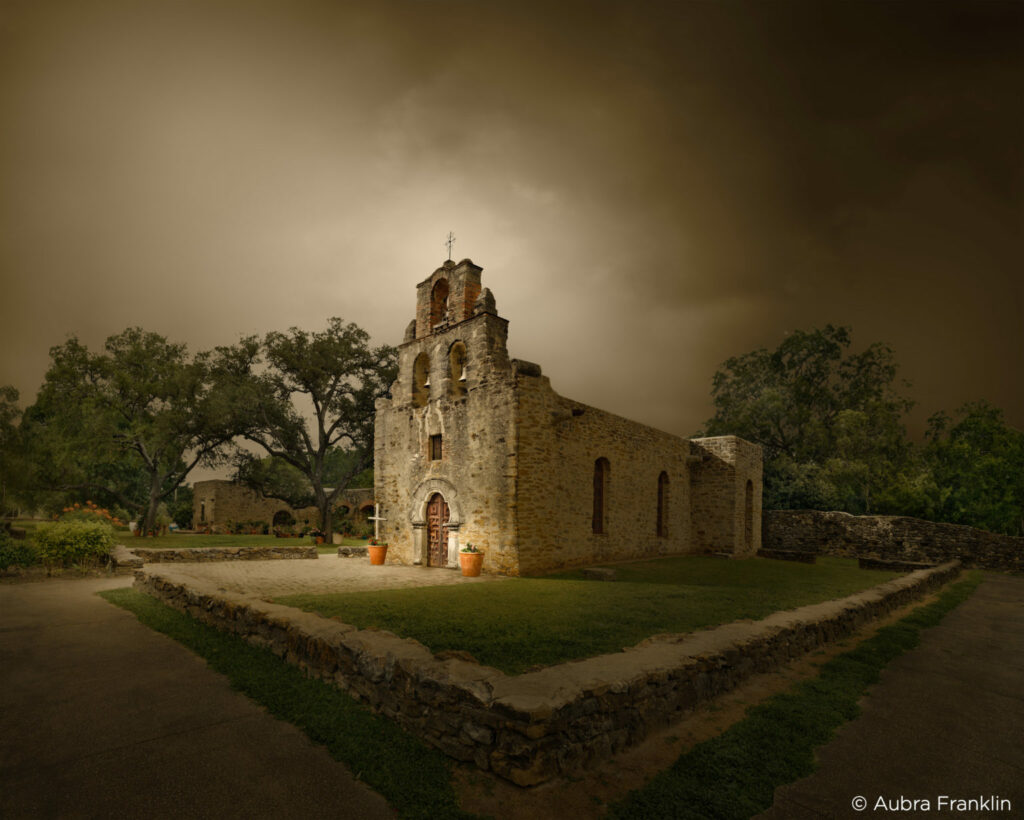
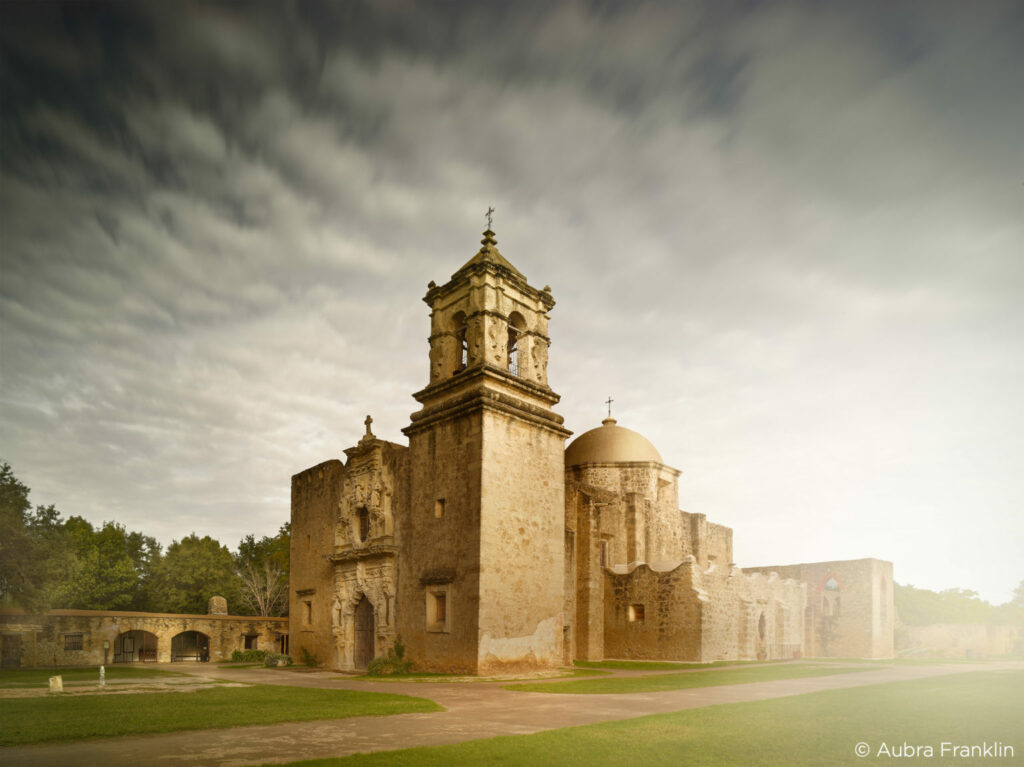
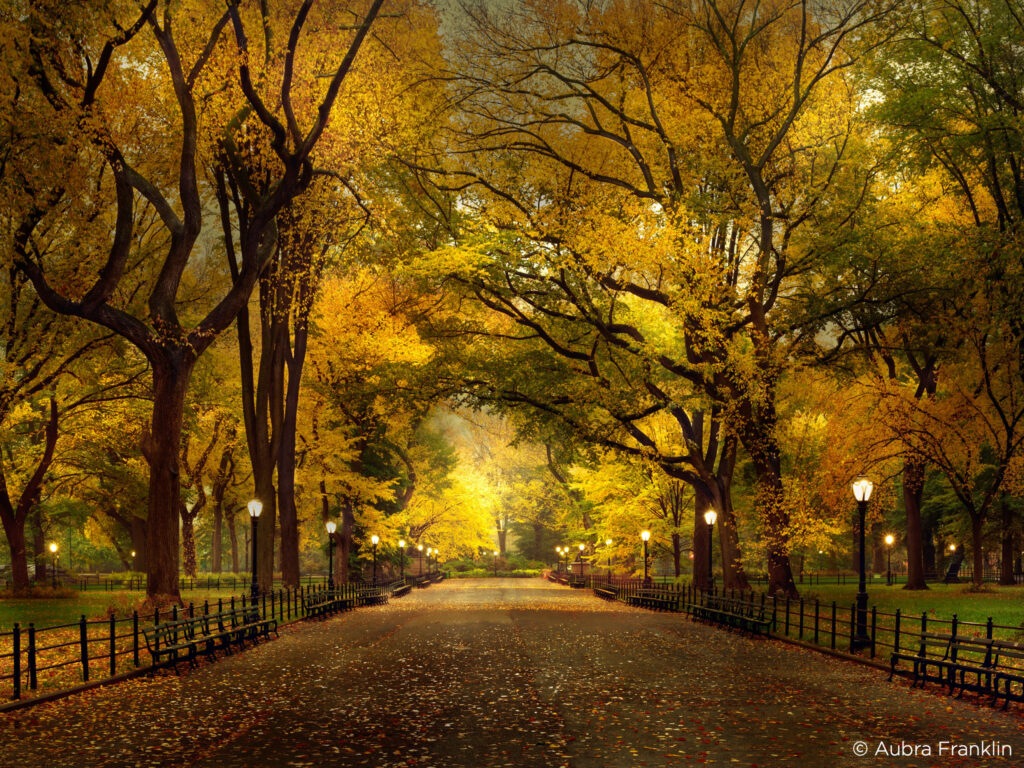
What goes through your mind as you are photographing?
As an architect I have an insatiable desire to create. That’s the single biggest reason I love photography as much as I do. The beauty of photography is that you can totally immerse yourself in the process. I’ve become very good at totally living in the moment of being at the location and just let the process flow. That is much different from that when I first began seriously pursuing this passion. When I’m not concerned about the outcome it’s liberating and usually the creative results are much more successful.
How are you liking your new Phase One XT IQ4 150MP Camera? What do you like most about it?
Well, I like everything about it. The beauty of the XT Camera is its simplicity and compactness. The power of the IQ4 gives you all the tools at your fingertips whether it’s a long exposure, focus stacking or shifts.
“It is incredibly powerful. The fact that you can get all the amazing tools of the infinity platform on a technical camera that is so compact is just incredible.”
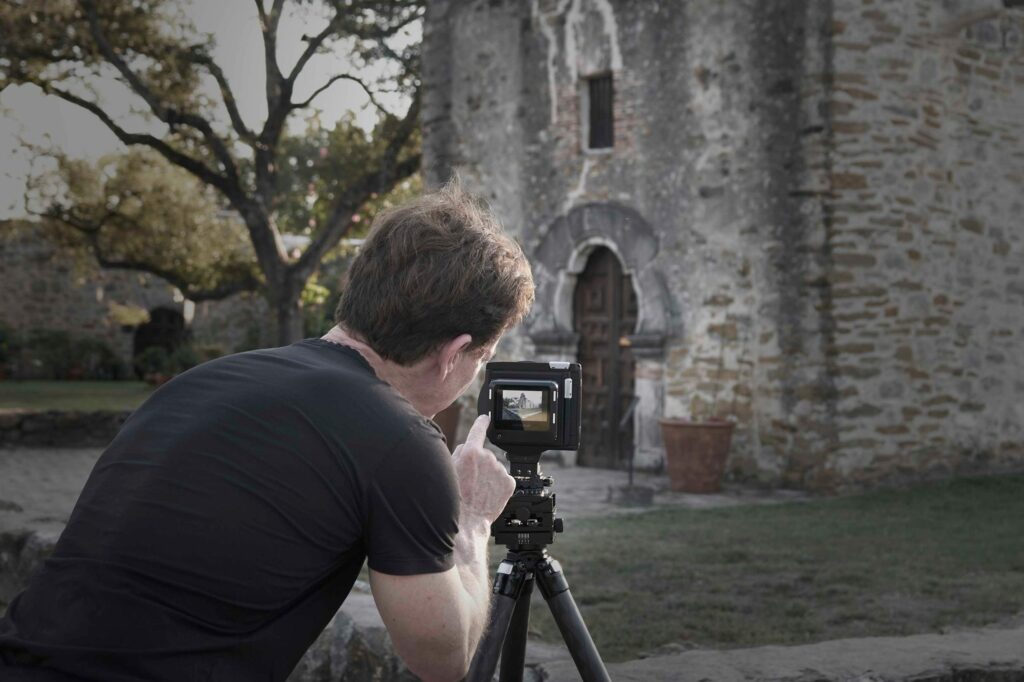
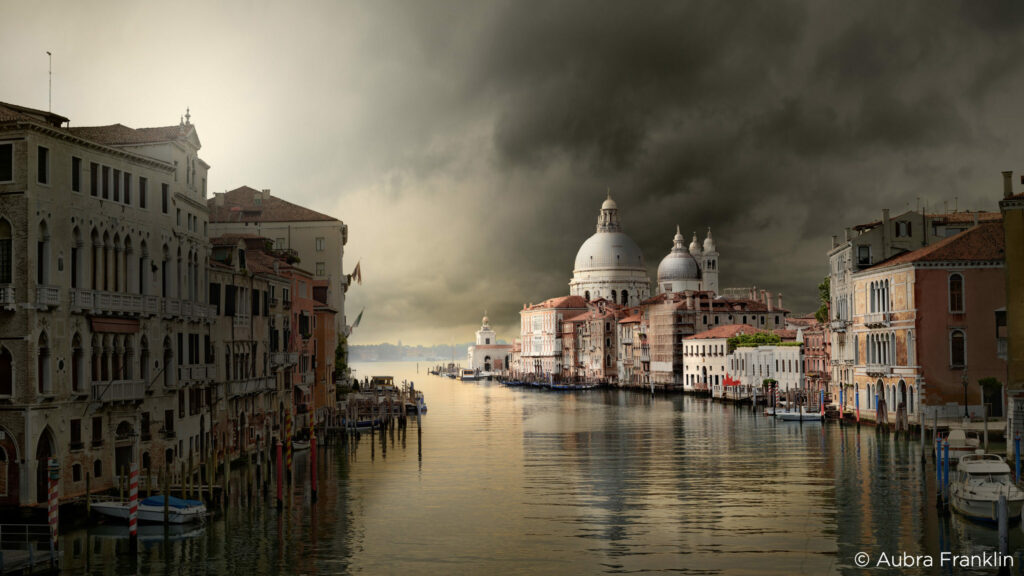
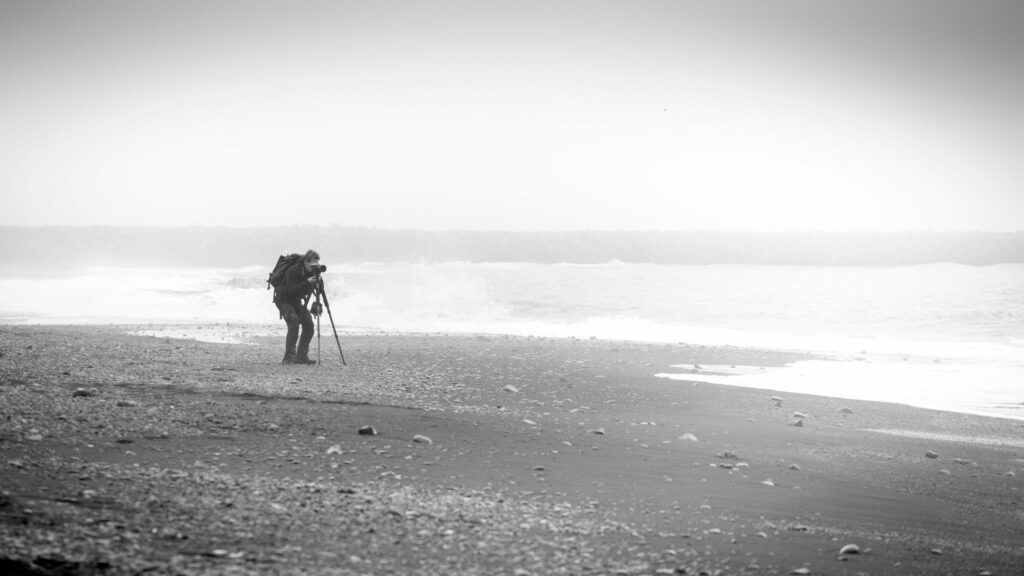
Can you tell us about your print process and how what it’s like working with Phase One image files?
I view the print process as part of my workflow. I always personally print my work along the way, hang it on the wall and let it sit for a period of time. I believe this is an essential part of the workflow.
Phase One files absolutely elevate my work. My workflow takes advantage of all that amazing richness and detail that is inherent in Phase One files. It becomes very evident in the final print. That is the ultimate reward – knowing you have created something permanent.
What was the turning point for you to take photography seriously?
I couldn’t put a date on it, but it comes out of my lifelong desire to create. I’ve been able to use my creativity in my business, but the creative process in our projects can take years to come to fruition. Photography gave me an opportunity to immerse myself in a creative process on a more continual basis. I don’t have to wait long for the results, good or bad.
It’s still a process and gives you time to grow and work on it in real time. Within less than a year of getting back to photography in 2009, I realized that this could be much more than a hobby, but an artistic experience – an avocation.

Photographer Stories
Karen Culp
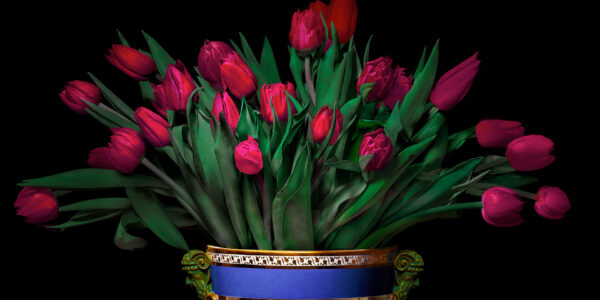
Photographer Stories
T.M. Glass: Flower portraits
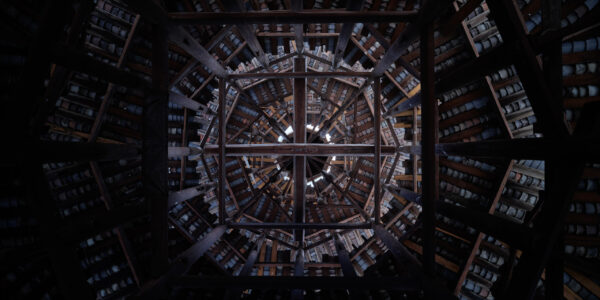
Photographer Stories
Preserving ancient Chinese buildings – Dong Village
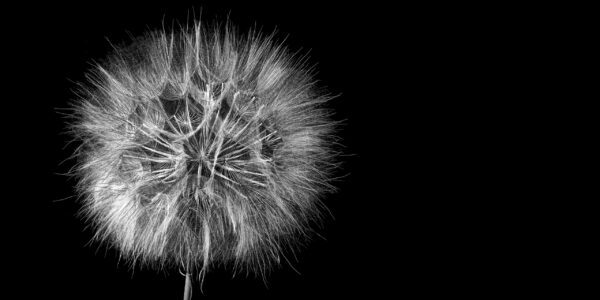
Photographer Stories
Jeff Puckett – The Art of Photogravure
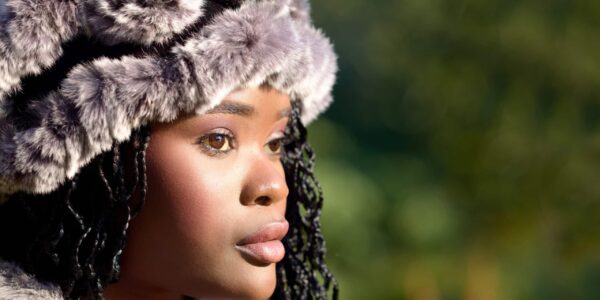
Photographer Stories
Carollyne Sinclaire – A Portrait of the Heart
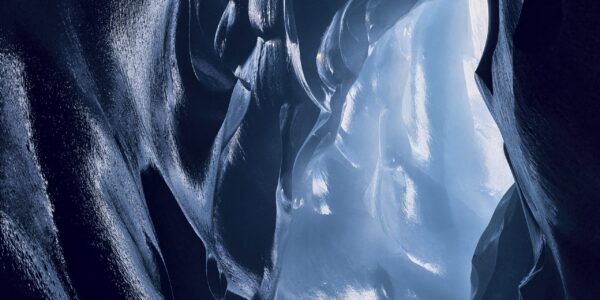
Photographer Stories
A photograph can freeze time. Can it also mobilize human action?
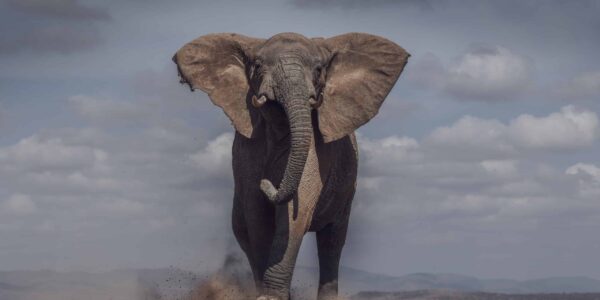
Photographer Stories
Guadalupe Laiz – Up Close and Personal
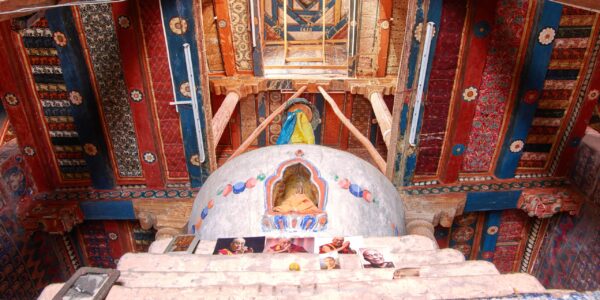
Photographer Stories
How Did a Remote Himalayan Monastery Show Up in New York City?
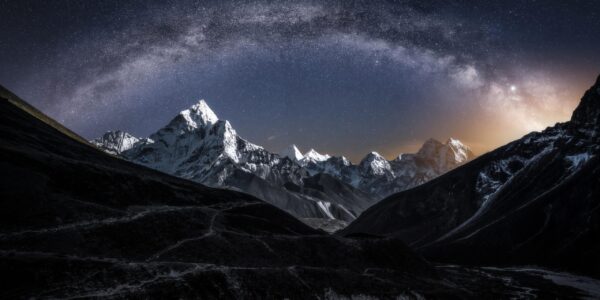
Photographer Stories
Thomas Biasotto Moments beyond Imagination
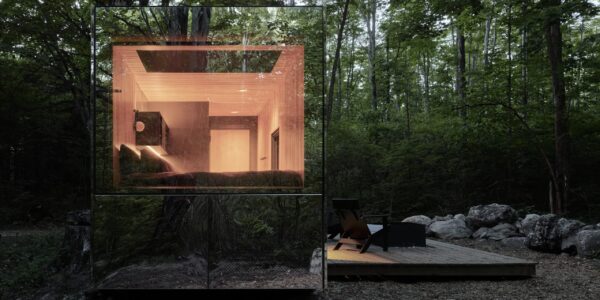
Photographer Stories
Photographing the invisible
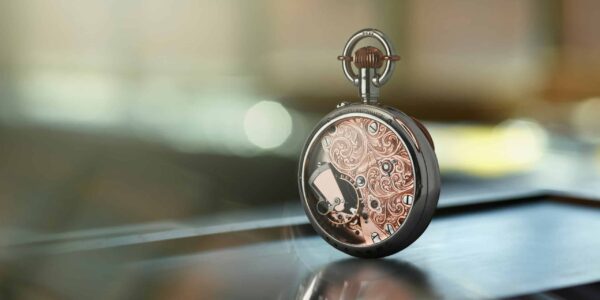
1-Minute Inspiration
Young and Hungry – Upgrading your career and kit with Phase One
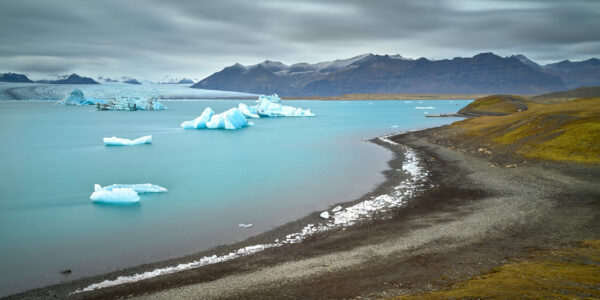
Photographer Stories
Iceland through the lens
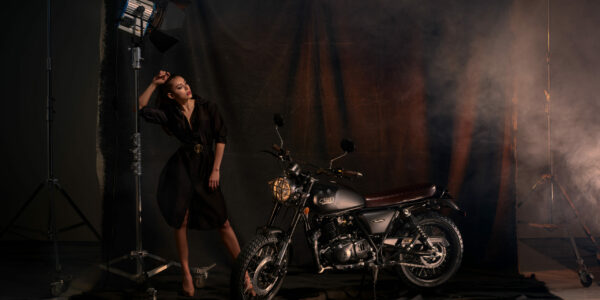
Photographer Stories
Composing soft even lighting in photography
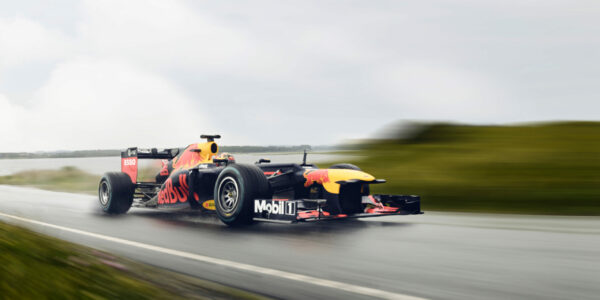
Photographer Stories
Capturing that Split Second – A Formula 1 Car Photo Shoot
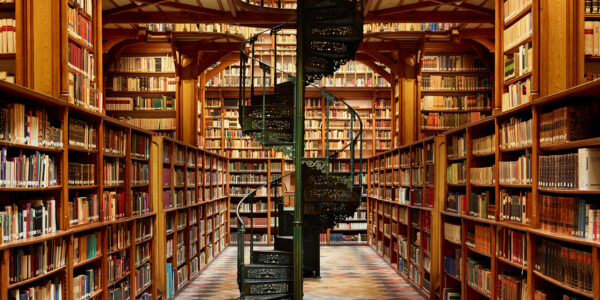
Photographer Stories
Cathedrals of Knowledge – Photographing Tranquil Oases with Daniel Zielske
